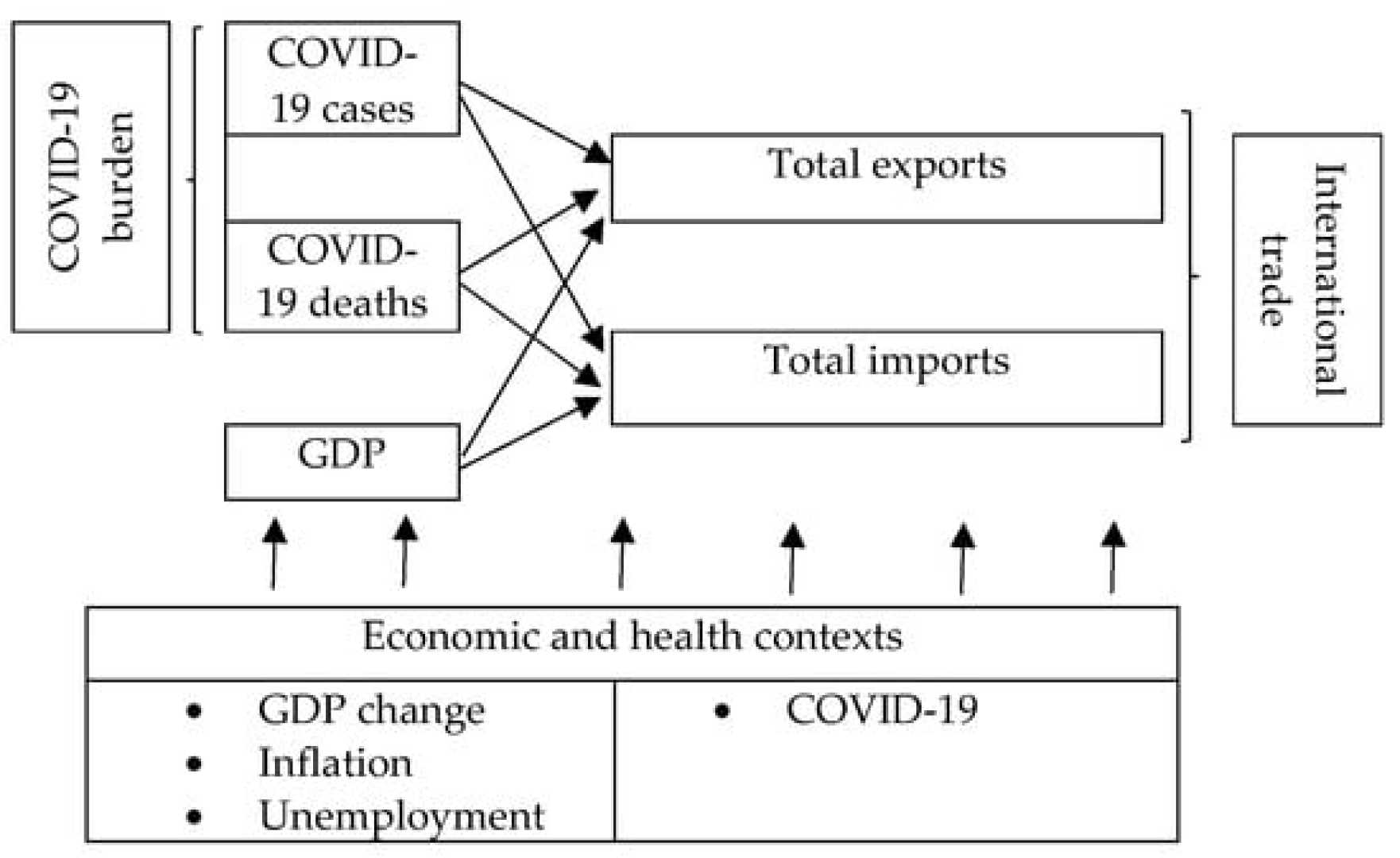Business
CEE Economies Show Divergent Recovery Patterns Post-Pandemic

In recent reports, the Central and Eastern European (CEE) countries displayed a varied recovery trajectory following the pandemic, with most nations experiencing balanced growth in both consumption and investment when compared to fourth quarter 2019. However, Czechia and Hungary emerged as notable exceptions to this trend.
In Czechia, private consumption has dipped roughly 5% below pre-pandemic levels, largely due to a significant loss of purchasing power over the past few years. Since 2019, the cumulative growth of compensation in Czechia has fallen short of the inflation rate, resulting in dwindling spending power for consumers.
Conversely, Hungary’s investment growth has lagged, registering approximately 15% lower compared to fourth quarter 2019. On a more positive note, other CEE nations reported positive growth in both consumption and investment figures, with Romania leading the way in dynamic growth. Slovakia, while still positive, showed the slowest growth of both categories.
The Hungarian central bank is set to release minutes from the most recent rate-setting meeting, where the key interest rate was maintained in August. Notably, inflation in August eased to 3.4%, which may pave the way for further monetary easing. Predictions suggest that the key policy rate could be reduced to 6.25% by the end of the year, marking an anticipated drop of another 50 basis points.
In Czechia, central banker Zamrazilova has indicated that there are no immediate reasons to halt monetary easing; however, the board must proceed cautiously to avoid drastic changes. In the bond market, yields are trending downwards in anticipation of upcoming meetings, including the Federal Open Market Committee (FOMC) meeting scheduled for September 18.
On the foreign exchange market, the Polish zloty has demonstrated slight strength against the euro this week, in contrast to the Czech koruna and the Hungarian forint, which have both shown weakness.












